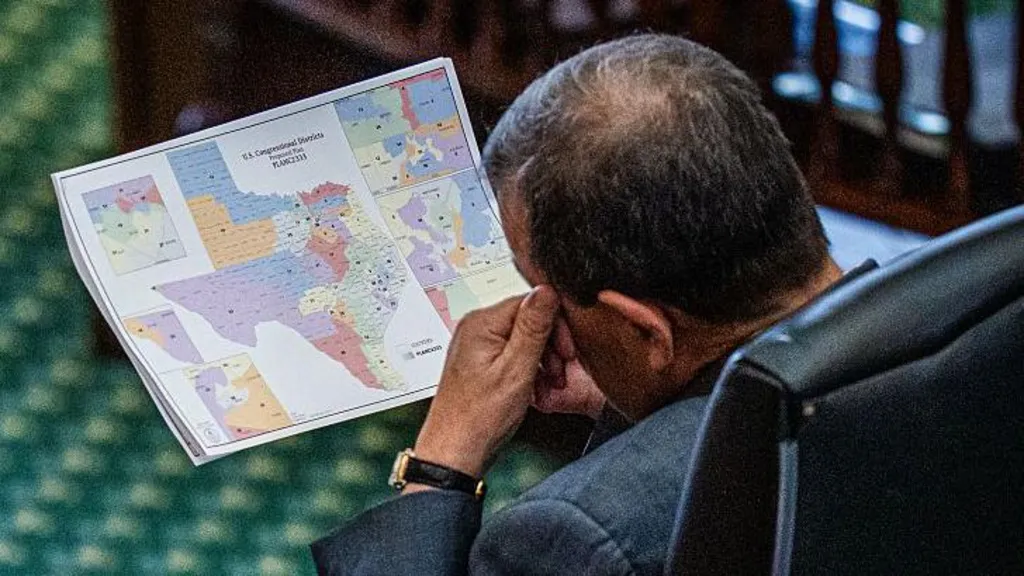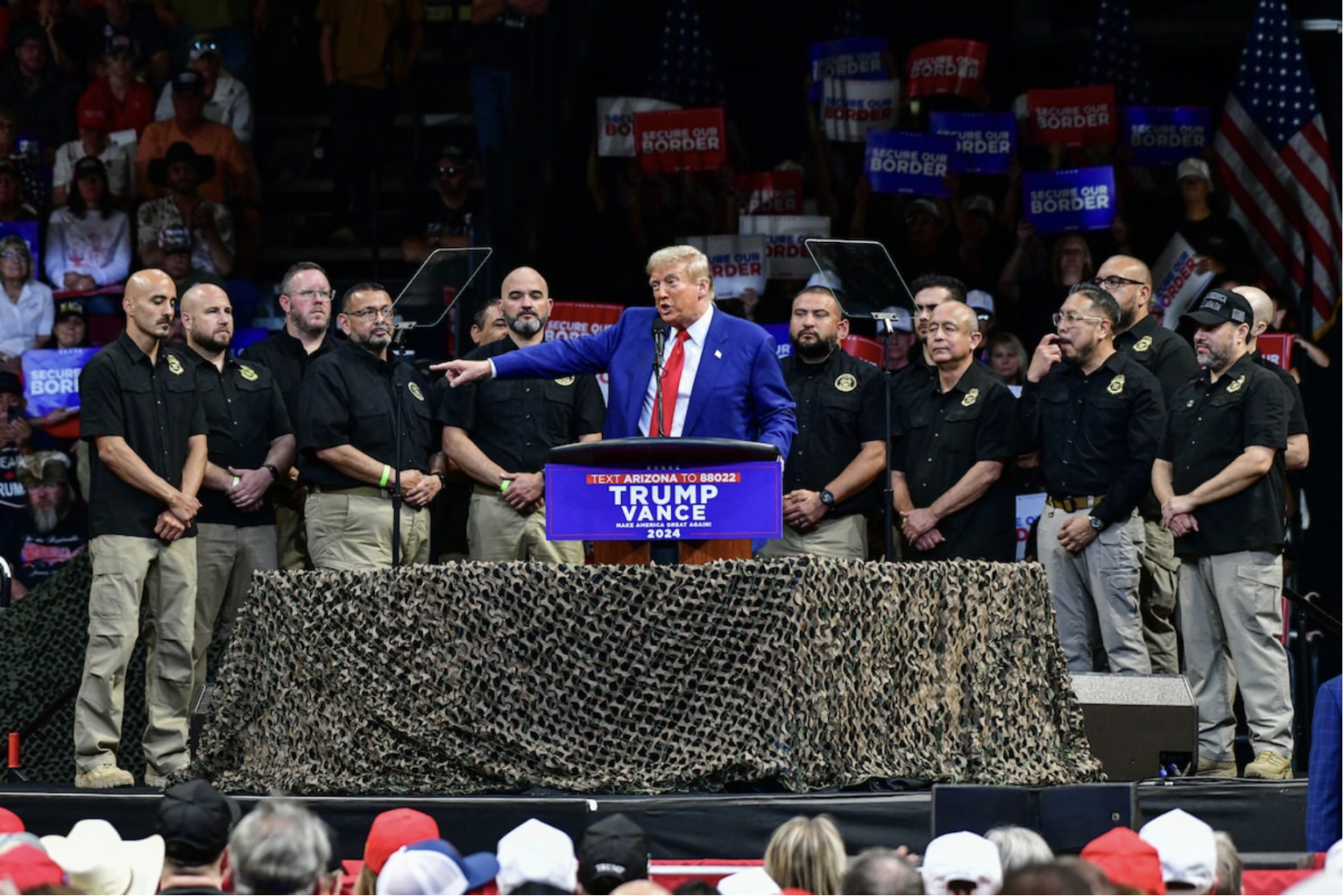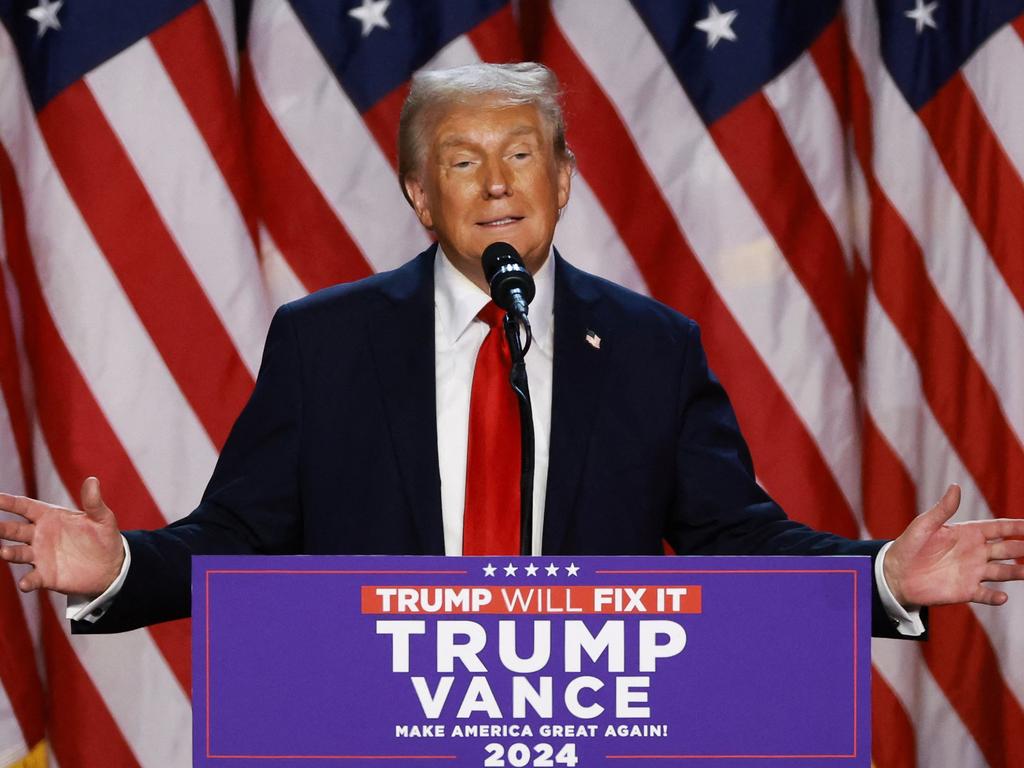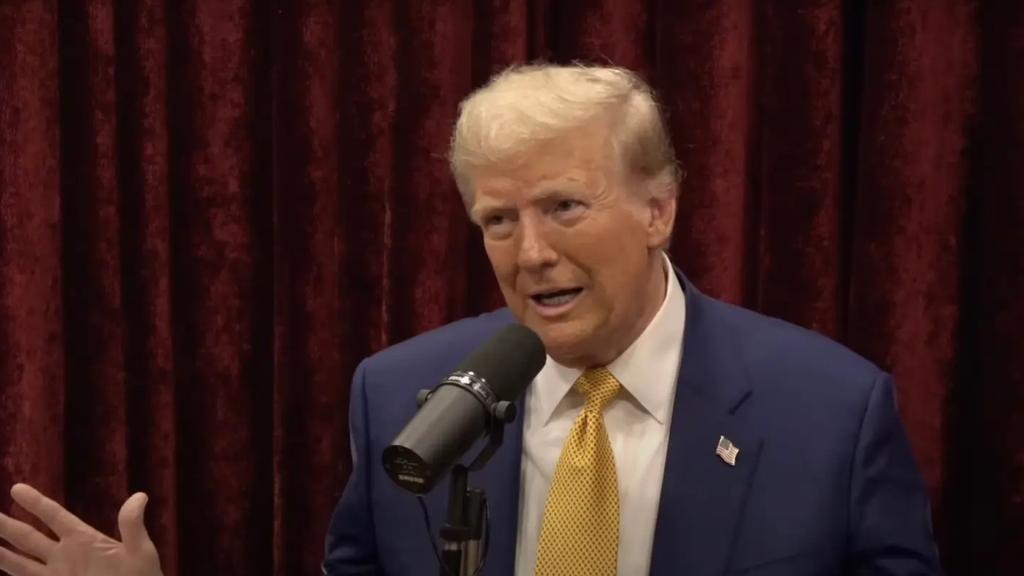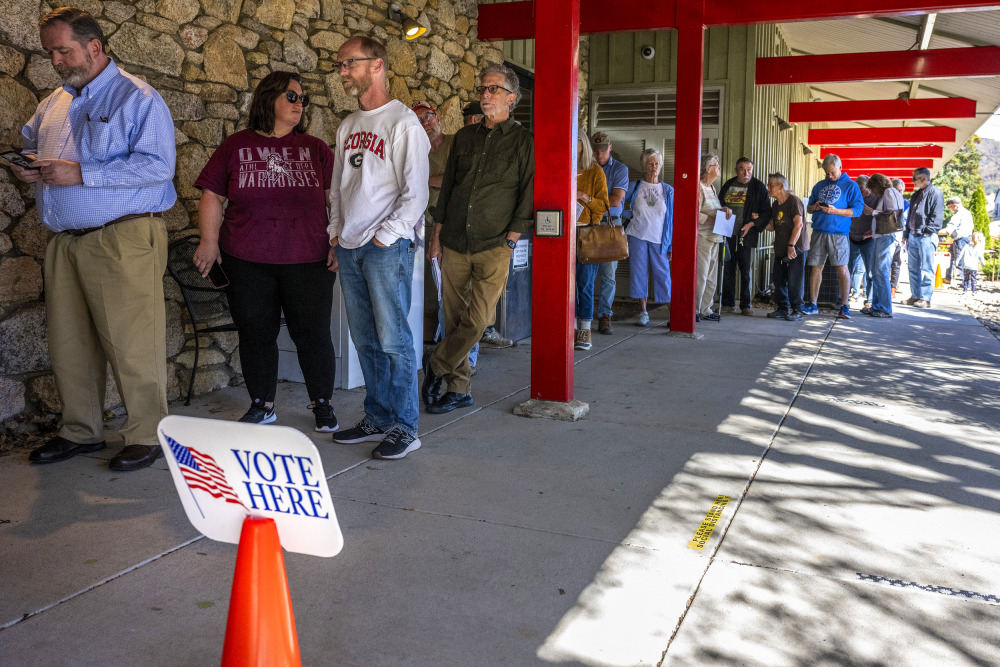
This article is more than
9 year oldow did pollsters get Trump, Clinton election so wrong?
Pollsters flubbed the 2016 presidential election in seismic fashion.
Donald Trump's victory dealt a devastating blow to the credibility of the nation's leading pollsters, calling into question their mathematical models, assumptions and survey methods.
Several months of polls pegged Hillary Clinton as the leader in the polarizing race and as the leader in many key battleground states.
But Trump's surge crushed the conventional wisdom among pollsters. Early Wednesday, he was far outpacing projections across the board.
The results suggest pollsters may have wildly underestimated the number of hidden Trump voters — people who stampeded to the ballot box on Election Day but never showed up on the radar of surveyors.
There was one notable exception among pollsters.
I've believed in data for 30 years in politics and data died tonight. I could not have been more wrong about this election.
— mike murphy (@murphymike) November 9, 2016
The Los Angeles Times/University of Southern California tracking poll consistently pegged Trump as the leader throughout the final months of the campaign — and to much derision from political pundits.
Arie Kapteyn, director of the University of Southern California’s (USC) Dornsife Center for Economic and Social Research, which jointly runs the poll, said some voters were apparently sheepish about admitting to a human pollster that they were backing Trump. But the L.A. Times/USC poll was based on an internet survey of a recruited group of voters.
Billionaire populist Donald Trump, tapping into an electorate fed up with Washington insiders, was on the verge of a shock victory over Hillary Clinton in a historic US presidential election that sent world markets into meltdown. The Dean of the School of International Service at American University says this election was all about voters 'angry at the establishment.' Video provided by AFP Newslook
"There's some suggestion that Clinton supporters are more likely to say they're a Clinton supporter than Trump supporters are to say they're a Trump supporter," Kapteyn said late Tuesday in an interview.
Kapteyn suggested that many pollsters may have incorrectly ruled out the prospect that people who didn't vote in 2012 would nonetheless cast ballots in 2016.
"But the people who didn't vote last time are more likely to be Trump supporters," he said, noting that the L.A. Times/USC poll gave more weight to whether voters said they planned to vote. "If you eliminate people who didn't vote last time, you may have eliminated too many Trump supporters."
But Michael Traugott, professor at the University of Michigan's Center for Political Studies, said he doesn't believe the differences between internet-based polls and phone-based polls explains the whopping disparity. He said it's notoriously difficult to assess the likelihood that people will vote.

"There’s no standard technique for estimating likelihood," Traugott said. "Some commercial pollsters would have claimed ordinarily that this is part of the secret sauce — the art — of polling. But they don’t typically divulge their methodology because they think of it as proprietary."
He estimated shortly before midnight that overall turnout would equal about 130 million voters, down from an expected 135 million.
"But if the lower turnout was disproportionately among Democrats, that obviously would have hurt (Clinton)," Traugott said.
Traugott also posited that FBI director James Comey's late decision to review additional Clinton emails might have swayed some voters without notice by the pollsters.
"There could be a slight element of not polling late enough," he said.
In the final average of 4-way polls tracked by RealClearPolitics, Clinton led 45.5% to Trump's 42.2%, Libertarian Gary Johnson's 4.7% and Green Party candidate Jill Stein's 1.9%.
Polls that consistently gave Clinton a comfortable lead in recent weeks included Bloomberg Politics, CBS News, Fox News, Reuters/Ipsos, USA TODAY/Suffolk, Quinnipiac, Monmouth, Economist/YouGov and NBC News/SM, according to RealClearPolitics.
Of 67 national polls tracking a 4-way race since the start of October, only four gave Trump the lead, according to RealClearPolitics. Of 61 national polls tracking a 2-way race during that period, six gave Trump the lead.
And all six were the L.A. Times/USC poll.
One key source of the misfire for pollsters: They overestimated Clinton's support among minorities and underestimated Trump's support among white voters.
"One of the things that pollsters are going to have to look at are their expectations about the nature of the electorate," said Joshua Dyck, political science professor and co-director of the Center for Public Opinion at the University of Massachusetts-Lowell.
Traugott said the American Association for Public Research should convene a post-election study to assess the performance.
"To the extent that we think that the election showed a cleavage between white Americans and minority Americans, I think some of the problem probably lies there," he said.
In several key battleground states, Trump outperformed expectations. In Wisconsin, for example, the RealClearPolitics average of 4-way recent polls pegged Clinton at 46.8% and Trump at 40.3%. But early Wednesday, Trump was winning the state by more than 4 percentage points, with 90% of precincts counted.
One problem: In states like Wisconsin, there weren't enough polls to gauge the race accurately, Dyck said.
"We probably should have had more polling in Wisconsin and Michigan," he said.
It wasn't a total swing-and-miss. In Florida, for example, the pollsters gave Trump a lead of 0.2 percentage points. He was leading by about 1.4 points with nearly all votes counted.
And to be sure, early Wednesday it appeared probable that Clinton would edge Trump in the popular vote by less than a percentage point. A national polling error of 2 to 3 points is about the same as 2012's error, when pollsters underestimated President Obama's lead over Mitt Romney, Dyck said.
In the much-followed business of projections based on an average of polls and added methodology, Nate Silver's fivethirtyeight.com and the New York Times' Upshot each gave Clinton a strong chance of winning.
Silver was the most conservative, pegging Clinton's probability of winning at 71.4% in one of his last pre-election assessments.
One assessment, the Princeton Election Consortium, raised eyebrows with its projection that Clinton had a 99% chance of prevailing.
"Nate Silver warned us all" that exaggerated assessments of Clinton's prospects were off base, Dyck said. "He was the one who was saying this may not be the most probable outcome. We know now that the national polling lead was a little tenuous."
Follow USA TODAY reporter Nathan Bomey on Twitter @NathanBomey.
